The Netherlands also has two trademarks – cheese and the tulips. Both are known and loved almost equally. In fact, the locals are so proud of their cheese, that they feel more joy selling it than eating it. Today, Dutch companies produce hundreds of millions of kilograms of cheese, most of which is exported to countries around the world.
Some of the most famous types of cheese are named after old Dutch towns where they were sold for centuries. Although the traditions of cheese making have changed a little or a lot, their taste qualities are still the same.
Gouda is a traditional Dutch hard cheese with a truly exciting history and preserved production traditions. Like most types of cheese, Gouda is no exception, and is named after the city in which it was created. The city of Gouda is located in South Holland, near Rotterdam. The history of the mouth-watering delicacy begins in 1184, making it one of the oldest cheeses. It is even said that King Louis XIV of France himself was a lover of it.
As it is left longer, the flavor of the gouda cheese retains its sweetness but becomes sharper and the smoked gouda has a muscat flavor.
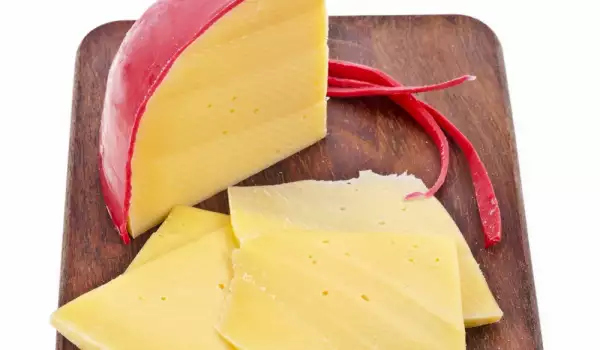
Edam is also a famous Dutch cheese known for its bright red waxy peel. In its homeland, one with a yellow waxy peel is also consumed and the black one means that the cheese has matured for at least 17 weeks.
The product is made from milk and is named after the port of Edam. It is usually eaten unripe while its texture is elastic and soft and its taste is sweet and nutty. The more mature cheeses have a spicy taste with a sharp finish.
Limburger is a type of soft cow's milk cheese that is produced in the Netherlands, Belgium and Germany. The history of the cheese is linked to the Trappist monks who started producing it in the Middle Ages.

As with other cheeses, this is also named after its birthplace. Limburger is actually a city, that centuries ago was on the territory of the Netherlands, but today the area is also shared between Belgium and Germany. That is why they also have claims to the authorship of the dairy delicacy.
Its taste is distinguished by its spiciness and its aroma is strong. There are often traces of white mold on the peel.
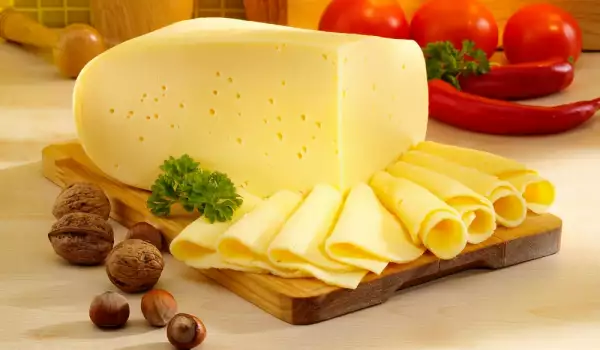







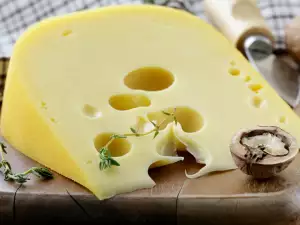

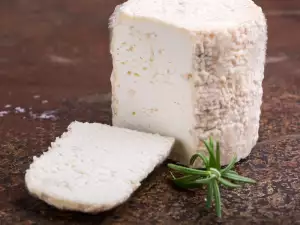

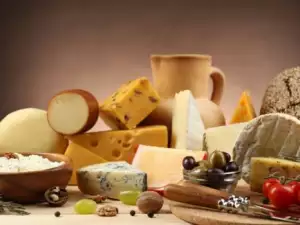






Comments